Home>Interior Design>Designer Corey Damen Jenkins On How To Create Joyous Interiors
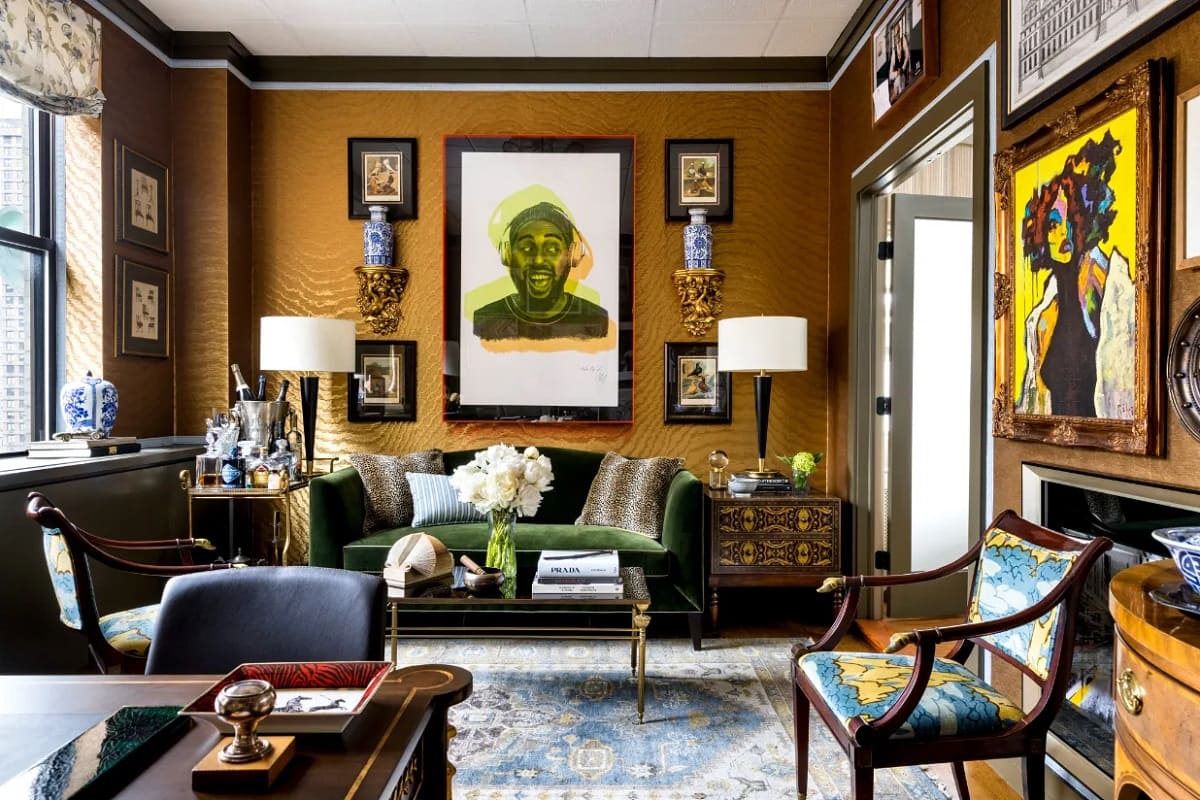

Interior Design
Designer Corey Damen Jenkins On How To Create Joyous Interiors
Modified: January 23, 2024
Learn from designer Corey Damen Jenkins on how to create joyous interiors that will uplift your spirits and transform your living spaces. Discover expert tips and tricks for perfecting the art of interior design.
(Many of the links in this article redirect to a specific reviewed product. Your purchase of these products through affiliate links helps to generate commission for Storables.com, at no extra cost. Learn more)
Introduction
Welcome to the world of interior design, where creativity meets functionality to create spaces that not only look aesthetically pleasing but also bring joy to our lives. A well-designed interior has the power to uplift moods, inspire creativity, and evoke happiness. Whether you’re redesigning your home or working on a commercial project, creating joyous interiors is a goal that every designer strives to achieve.
But how exactly do you create spaces that radiate joy? In this article, we’ll explore the key elements and principles that can help you craft interiors that bring a sense of delight and happiness to those who experience them. From finding inspiration to selecting furniture and decor, we’ll delve into the nuances of designing joyful spaces that leave a lasting impression.
So, let’s embark on this journey of transforming ordinary spaces into extraordinary havens of happiness and pleasure.
Key Takeaways:
- Designing joyous interiors involves finding inspiration from nature, art, and personal experiences, understanding the psychology of color, creating functional layouts, and incorporating textures, patterns, and personal touches to evoke positive emotions and happiness.
- Balancing form and function, paying attention to lighting design, and tailoring the design to the unique needs of different spaces are essential in creating joyous interiors that are visually appealing, comfortable, and purposeful.
Finding Inspiration
When it comes to designing joyous interiors, finding inspiration is the first step in the creative process. Inspiration can come from a variety of sources, such as nature, art, travel, or even personal experiences. Take the time to explore different avenues and allow your imagination to run wild. One of the best ways to find inspiration is by creating a mood board. Collect images, colors, textures, and patterns that resonate with the feeling of joy you want to convey in your design.
Another great source of inspiration is studying the work of other renowned interior designers. Look for their signature styles, unique use of color and materials, and the overall mood they create in their designs. This will not only give you fresh ideas but also help you understand the techniques and principles behind successful interior design concepts.
Additionally, think about the specific purpose of the space you are designing. Consider who will be using the space and what activities will take place there. For example, if you’re designing a living room meant for relaxation and socializing, you might draw inspiration from cozy retreats or vibrant social spaces.
Lastly, don’t forget to tap into your own personal experiences and emotions. Think about the places or moments that have brought you joy in the past. It could be a charming café you stumbled upon during your travels or a childhood memory that fills you with happiness. Incorporating elements from these experiences can infuse your design with a sense of authenticity and personal connection.
Remember, finding inspiration is an ongoing process. Stay curious, explore different sources, and allow your imagination to lead the way. Your creative journey is unique, and by finding inspiration from various avenues, you can bring a distinct joyous touch to your designs that truly reflects your style.
Understanding Color
Color plays a vital role in creating joyous interiors. It has the power to evoke emotions, establish the overall mood of a space, and create visual interest. Understanding how to use color effectively is key to designing joyful environments.
One approach to color in interior design is to use a harmonious color scheme. This involves selecting colors that are adjacent to each other on the color wheel, such as blues and greens or yellows and oranges. These combinations create a sense of unity and cohesiveness, promoting a calm and serene atmosphere.
On the other hand, using complementary colors, which are positioned opposite each other on the color wheel, can bring vibrancy and energy to a space. For example, pairing blue with orange or purple with yellow can create a dynamic and joyful ambience.
When it comes to specific colors, there are certain hues that are commonly associated with joy and happiness. Bright and vibrant colors such as yellow, orange, and pink are known to evoke positive emotions and create a cheerful atmosphere. Soft pastel shades like mint green or baby blue can also infuse a sense of tranquility and serenity into the space.
However, it’s important to strike a balance when using color. Avoid overwhelming the space with too many bold hues and opt for a mix of neutral tones to provide a sense of grounding and sophistication. Neutral colors like white, beige, or gray can serve as a backdrop for the more vibrant elements in the design, allowing them to shine without overpowering the space.
Remember, the use of color is subjective, and different shades can elicit varied emotions in individuals. It’s essential to consider the preferences and personality of the people who will be using the space, as well as the overall purpose of the room, to ensure that the chosen colors align with the intended mood and evoke joy.
By understanding the psychology of color and the emotions it can evoke, you can effectively utilize color in your design to create joyous interiors that resonate with the occupants and leave a lasting positive impression.
Creating a Functional Layout
A well-designed interior not only looks beautiful but also functions seamlessly. The layout of a space is one of the key elements that contribute to its functionality. When creating a layout for a joyous interior, it’s important to consider the flow of movement, the needs of the occupants, and the purpose of the space.
Start by analyzing the space and identifying its primary function. Is it a living room meant for relaxation and socializing? Or perhaps a home office where productivity is key? Understanding the purpose of the room will guide your layout decisions.
Next, think about the flow of movement within the space. Consider how people will enter and navigate the room. Ensure that there is enough space to move around comfortably and that there are no obstacles blocking the natural flow.
Divide the space into different functional areas to create distinct zones. For example, in a living room, you might have a seating area, a reading nook, and a space for entertainment. Clearly define each zone by using furniture arrangements, rugs, or changes in lighting. This will not only enhance functionality but also add visual interest to the space.
When arranging furniture, keep in mind the scale and proportion. Avoid overcrowding the room and ensure there is enough space for people to comfortably sit, walk, and interact. Consider the placement of windows, doors, and architectural features when positioning furniture to maximize the use of natural light and enhance the overall layout.
Storage is another crucial aspect to consider when creating a functional layout. Incorporate adequate storage solutions that seamlessly blend with the design. Open shelving, built-in cabinets, and multifunctional furniture can help keep the space organized and free from clutter, promoting a sense of calm and joy.
Lastly, don’t forget about accessibility. Designing with inclusivity in mind ensures that everyone can enjoy and navigate the space comfortably, regardless of age or physical abilities. Consider features such as wide doorways, adjustable furniture, and accessible bathroom facilities to create a welcoming and inclusive environment.
By paying attention to the functional layout, you can create joyous interiors that not only look appealing but also serve their purpose effectively. A well-designed layout promotes ease of movement, allows for efficient use of space, and enhances the overall functionality of the room, ultimately contributing to a positive and joyful experience for those who inhabit it.
Incorporating Textures and Patterns
Textiles, fabrics, and patterns have the incredible ability to add depth, visual interest, and a tactile experience to a space. When designing joyous interiors, incorporating textures and patterns can bring a sense of warmth, personality, and excitement.
Start by selecting a few key textures that align with the mood you want to create. Consider the overall style of the space and the emotions you want to evoke. Soft and plush textures like velvet or faux fur can create a cozy and inviting atmosphere, while natural textures like wood or rattan can bring a sense of warmth and organic beauty.
Mixing textures is key to creating visual interest and depth. Pair smooth textures with rough ones, delicate fabrics with more substantial materials. This contrast adds dimension and creates a dynamic sensory experience within the space.
Patterns can also play a crucial role in designing joyous interiors. They inject personality and vibrancy into a space, making it visually captivating and energizing. From geometric patterns to floral motifs, the options are endless. When incorporating patterns, consider the scale and balance. Small patterns can add subtle interest, while larger, bolder patterns create a statement and become a focal point within the design.
When mixing textures and patterns, ensure that there is a sense of cohesion and harmony. Choose colors that complement each other and patterns that share similar tones. Using a unifying element, such as a shared color or pattern, can help tie the various textures and patterns together, creating a cohesive and visually pleasing composition.
Another way to incorporate textures and patterns is through the use of accessories and decor items. Adding throw pillows with different textures, layering rugs with varying textures, and displaying artwork with intricate patterns can instantly elevate the visual appeal of a space.
Remember to strike a balance when incorporating textures and patterns. Too many competing elements can create chaos, while too much uniformity can be visually monotonous. Aim for a harmonious blend that adds visual interest while maintaining a sense of unity and balance.
Incorporating textures and patterns into your design allows you to create joyous interiors that are visually captivating and tactilely engaging. Whether through the use of textiles, fabrics, or patterns, these elements bring a sense of warmth, depth, and personality to a space, ultimately evoking joy in those who experience it.
Read more: How To Create Rhythm In Interior Design
Selecting Furniture and Decor
Furniture and decor play a crucial role in the overall design of joyous interiors. The right pieces can imbue a space with personality, comfort, and a sense of delight. When selecting furniture and decor, consider both functionality and aesthetics to create a harmonious and joyful environment.
Start by assessing the needs of the space. Think about the activities that will take place in the room and the number of people who will be using it. This will help determine the size and type of furniture that is suitable. For example, in a living room, comfortable seating options like sofas and armchairs are essential, while in a home office, a functional desk and ergonomic chair are key.
Consider the overall style you want to achieve. Whether it’s modern, rustic, or eclectic, select furniture pieces that align with the desired aesthetic. Pay attention to the lines, shapes, and materials used in the furniture. Clean lines and sleek designs can create a contemporary vibe, while organic and textured materials can bring a cozy and inviting touch.
When it comes to decor, choose items that reflect your personal style and add a sense of joy. Incorporate elements that spark happiness and evoke positive emotions, such as artwork that resonates with you or decorative objects with sentimental value. Additionally, consider the use of plants and natural elements to bring a sense of life and freshness into the space.
Color coordination is important when selecting furniture and decor. Aim for a cohesive color scheme that complements the overall design of the room. Introduce pops of color through accent pieces like throw pillows, rugs, or artwork to add visual interest and create a joyful atmosphere.
Don’t forget about the power of lighting. Proper lighting enhances the mood and ambiance of a space. Incorporate a combination of ambient, task, and accent lighting to create a well-lit and inviting environment. Choose light fixtures that not only provide functional illumination but also add a touch of style and personality to the room.
Consider the layout and arrangement of furniture and decor. Ensure that there is enough space for movement and that the elements are proportionate to the room size. Avoid overcrowding and maintain a sense of balance. Experiment with different furniture arrangements until you find the perfect configuration that maximizes both functionality and visual appeal.
Lastly, keep in mind the importance of comfort. Joyous interiors should not only be visually pleasing but also comfortable and inviting. Opt for furniture pieces that prioritize comfort without compromising style. Incorporate plush cushions, soft textiles, and ergonomic designs to create a space where people can truly relax and enjoy their surroundings.
By carefully selecting furniture and decor that align with the overall design aesthetic, functionality, and personal style, you can create joyous interiors that are not only visually pleasing but also evoke a sense of comfort, delight, and happiness.
When creating joyous interiors, incorporate vibrant colors, playful patterns, and personal touches to evoke a sense of happiness and positivity in the space.
Adding Personal Touches
Personal touches are what truly make a space feel unique and special. Incorporating elements that reflect your personality, interests, and experiences can create a joyous interior that feels authentic and meaningful. When designing a space, consider adding these personal touches to create a space that brings you joy.
Start by displaying cherished mementos and keepsakes. These can be family photographs, travel souvenirs, or objects that hold sentimental value. Place them on shelves, wall galleries, or tabletops to infuse the space with personal memories and nostalgia.
Artwork is another powerful way to add a personal touch to your interior. Choose pieces that resonate with you and evoke positive emotions. Whether it’s a painting, a sculpture, or a print, artwork can serve as a conversation starter and bring joy every time you look at it.
Consider incorporating elements from your hobbies or interests. If you love music, create a designated area for your instruments or a listening nook with a comfortable chair and a record player. If you’re a book lover, showcase your collection on a bookshelf or create a cozy reading corner with a comfortable armchair and a soft blanket.
Don’t underestimate the power of scent. Use scented candles, diffusers, or essential oils to create an inviting atmosphere that engages the sense of smell. Select scents that make you feel happy and relaxed, such as citrus, lavender, or vanilla.
Customization is another way to add a personal touch. Consider incorporating custom-made furniture or decor pieces that are tailored to your style and preferences. This can be a unique handcrafted coffee table, a custom-designed rug, or even bespoke wallpaper that features a pattern or design that holds personal meaning.
Lastly, embrace the idea of imperfection and authenticity. Incorporate handmade or vintage pieces that add character and a sense of history to the space. Mix old and new elements to create a layered and eclectic look that reflects your individuality.
Remember, the key to adding personal touches is to make the space truly yours. Your home should be a reflection of your unique personality and the things that bring you joy. By incorporating personal mementos, artwork, hobbies, and customization, you can create a joyous interior that not only looks beautiful but also feels deeply personal and meaningful.
Lighting Design for Joyous Interiors
Lighting is a fundamental aspect of interior design that can greatly contribute to the joyous atmosphere of a space. The right lighting design can enhance the mood, highlight architectural features, and create a welcoming ambiance. When designing for joyous interiors, consider the following lighting techniques to create a well-lit and uplifting environment.
Start by understanding the different types of lighting. Ambient lighting provides general illumination and sets the overall mood of the space. Task lighting is focused and directed, providing efficient lighting for specific activities like reading or cooking. Accent lighting is used to highlight architectural features, artwork, or decorative elements. By combining these three types of lighting, you can layer the illumination and create a dynamic and visually interesting space.
Natural light is an essential element in joyous interiors. It has a positive impact on our well-being and brings a sense of vitality to the space. Maximize natural light by keeping windows unobstructed and using sheer curtains or blinds to allow light to filter through. Position furniture and decor items in a way that does not block the natural light and consider using light-colored paint on walls to help reflect and amplify natural light.
For artificial lighting, opt for warm or neutral temperature light bulbs to create a cozy and inviting atmosphere. Harsh, cool-toned lighting can create a sterile and unwelcoming environment. Additionally, consider incorporating dimmer switches to adjust the intensity of the light according to the desired mood and activity in the space.
Use lighting fixtures as decorative elements that add style and character to the room. Select fixtures that complement the overall design aesthetic and serve as focal points. Chandeliers, pendant lights, or unique wall sconces can bring a touch of elegance and playfulness to the space.
Consider incorporating lighting that can change color or intensity, such as smart lighting systems. This allows you to adjust the lighting according to your preferences and create different moods throughout the day. Experiment with different colors and intensities to evoke different emotions and enhance the joyous atmosphere of the space.
Don’t forget to consider lighting in specific areas or zones within the space. In the kitchen, for example, ensure that task lighting is strategically placed above countertops and the stove. In the living room, incorporate a mix of ambient and accent lighting to create a cozy and inviting atmosphere for relaxation and socializing. In the bedroom, choose soft and dimmable lighting that promotes a sense of calm and tranquility.
Lastly, add a touch of whimsy and playfulness to your lighting design. Consider incorporating fairy lights, string lights, or unique lighting fixtures that spark joy and bring a sense of magic to the space. These small details can make a difference in creating a joyous environment.
By paying attention to lighting design, you can create joyous interiors that are not only aesthetically pleasing but also create a warm and inviting atmosphere. Effective lighting design enhances the mood, highlights the beauty of the space, and creates a harmonious and uplifting environment for everyone who experiences it.
Balancing Form and Function
When designing joyous interiors, it’s crucial to strike a balance between form and function. While aesthetics play a significant role in creating visually appealing spaces, functionality is equally important to ensure that the space serves its purpose and meets the needs of its occupants. Here are some key considerations to achieve a harmonious balance between form and function.
Start by analyzing the specific requirements of the space. Understand how the room will be used and who will be using it. Consider the activities that will take place, the desired atmosphere, and any practical considerations. This insight will help guide your design decisions and ensure that the space functions effectively.
Consider the flow of movement within the space. Create a layout that allows for easy circulation and accessibility. Ensure that furniture and decor placement does not hinder the natural movement and that there is enough space for people to move around comfortably. Strike a balance between open areas and defined zones to create an inviting and functional space.
Choose furniture and materials that are both visually appealing and durable. Look for pieces that are made from high-quality materials and have a timeless design. Consider the scale and proportions of the furniture to ensure that it fits the space and is comfortable. Functionality should not be compromised for the sake of aesthetics.
Integrate storage solutions that are both practical and stylish. The right storage options help keep the space organized and free from clutter, enhancing the overall functionality and aesthetic appeal. Utilize built-in shelves, hidden storage compartments, or multifunctional furniture to maximize space and maintain a clean and organized environment.
Lighting plays a crucial role in balancing form and function. Proper lighting design enhances the mood, highlights architectural features, and creates a pleasing atmosphere. Combine different types of lighting, such as ambient, task, and accent lighting, to achieve both aesthetic appeal and practical functionality.
Don’t disregard the importance of ergonomics. Choose furniture that prioritizes comfort and supports good posture. Consider the heights of tables and counters, the positioning of electrical outlets, and the accessibility of storage spaces. Designing with ergonomics in mind ensures that the space is comfortable and accommodates the needs of its users.
Lastly, remember that aesthetics should not be overlooked. Creating joyous interiors involves incorporating elements that bring delight and happiness. Choose colors, textures, patterns, and decor that evoke positive emotions and reflect your personal style. Find ways to infuse the space with your own personality while ensuring that it remains functional and practical.
By finding the delicate balance between form and function, you can create joyous interiors that are not only visually pleasing but also serve their purpose effectively. A well-designed space that combines aesthetic appeal with practical functionality enhances the overall joy and satisfaction of those who experience it.
Read more: Interior Designer Natalia Miyar Shares 3 Secrets To Creating Impact With Sculptural Lighting
Designing for Different Spaces
Designing joyous interiors involves considering the unique needs and characteristics of different spaces. Whether you are working on a living room, bedroom, kitchen, or office, each space requires thoughtful design strategies to create an atmosphere of joy and happiness. Let’s explore some key considerations when designing for different spaces.
Living Room: The living room is a space for relaxation, socializing, and entertainment. Create a welcoming and comfortable atmosphere by incorporating comfortable seating options like sofas and armchairs. Consider the flow of conversation when arranging the furniture and create distinct zones for different activities. Soft lighting, cozy textiles, and personal touches such as family photos or artwork can contribute to a joyous living room design.
Bedroom: The bedroom is a sanctuary for rest and rejuvenation. Design for relaxation by incorporating a comfortable bed with quality linens and pillows. Choose a soothing color palette and soft lighting to promote a serene and calming atmosphere. Personalize the space with cherished items and create a clutter-free environment to promote a sense of tranquility and joy.
Kitchen: The kitchen is a space for nourishment and creativity. Optimize functionality by designing an efficient layout that allows for easy workflow between preparation, cooking, and dining areas. Incorporate ample storage solutions to keep the space organized and clutter-free. Consider using vibrant colors and textured materials to bring energy and joy into the kitchen.
Bathroom: The bathroom is a space for relaxation and self-care. Design for comfort and functionality by incorporating a well-organized layout that maximizes storage and promotes ease of use. Pay attention to lighting, choosing soft and flattering options for vanity areas. Integrate luxurious materials and spa-like elements, such as scented candles and plants, to create a joyful and tranquil bathroom atmosphere.
Home Office: The home office is a space for productivity and focus. Design an ergonomic workspace with a comfortable desk and chair to enhance productivity and well-being. Incorporate adequate storage for documents and supplies to maintain an organized and clutter-free environment. Natural light, inspiring artwork, and personal touches can contribute to a joyous and motivating home office design.
Outdoor Space: Outdoor spaces offer a unique opportunity to connect with nature and create joyous environments. Incorporate comfortable seating options, such as lounge chairs or cozy outdoor sofas, surrounded by vibrant plants and greenery. Enhance the space with ambient lighting, fire pits, or water features to create a mesmerizing atmosphere for relaxation and entertainment.
When designing for different spaces, it’s important to consider the specific functions and needs of each area. Incorporate design elements, colors, textures, and lighting that align with the intended purpose and evoke a sense of joy and happiness. Customize each space to reflect the unique personalities and preferences of its users, creating a harmonious and joyous environment throughout the home or workspace.
Conclusion
Designing joyous interiors is a delightful process that combines creativity, functionality, and personal expression. By understanding the key principles and elements of interior design, you can transform ordinary spaces into extraordinary havens of happiness and pleasure.
Finding inspiration from various sources, such as nature, art, and personal experiences, allows you to infuse your designs with a unique and authentic touch. Understanding the power of color and incorporating harmonious combinations can evoke positive emotions and create a joyful atmosphere.
Creating a functional layout ensures that the space not only looks beautiful but also serves its purpose effectively. By considering traffic flow, zoning different areas, and incorporating adequate storage solutions, you can optimize functionality and enhance the overall experience in the space.
Incorporating textures, patterns, and personal touches adds depth and personality to the design. By mixing and balancing different elements, you can create visually captivating spaces that bring joy and evoke positive feelings.
The selection of furniture, lighting, and decor plays a crucial role in creating joyous interiors. Striking a balance between aesthetics and functionality ensures that the space is not only visually pleasing but also comfortable and practical for its users.
Lighting design is a key factor in creating joyful atmospheres. The combination of natural and artificial lighting, along with the use of different fixtures and techniques, enhances the mood and highlights the beauty of the space.
Lastly, designing for different spaces requires considering their unique needs and characteristics. By tailoring the design to the purpose and function of each space, you can create environments that bring joy, relaxation, and rejuvenation.
In conclusion, designing joyous interiors is a beautiful endeavor that combines artistic flair, functionality, and personalization. By incorporating the principles discussed in this article, you have the power to create spaces that not only visually inspire but also bring a sense of happiness and delight to those who experience them. So, let your imagination soar, embrace your unique style, and design interiors that radiate joy.
Frequently Asked Questions about Designer Corey Damen Jenkins On How To Create Joyous Interiors
Was this page helpful?
At Storables.com, we guarantee accurate and reliable information. Our content, validated by Expert Board Contributors, is crafted following stringent Editorial Policies. We're committed to providing you with well-researched, expert-backed insights for all your informational needs.
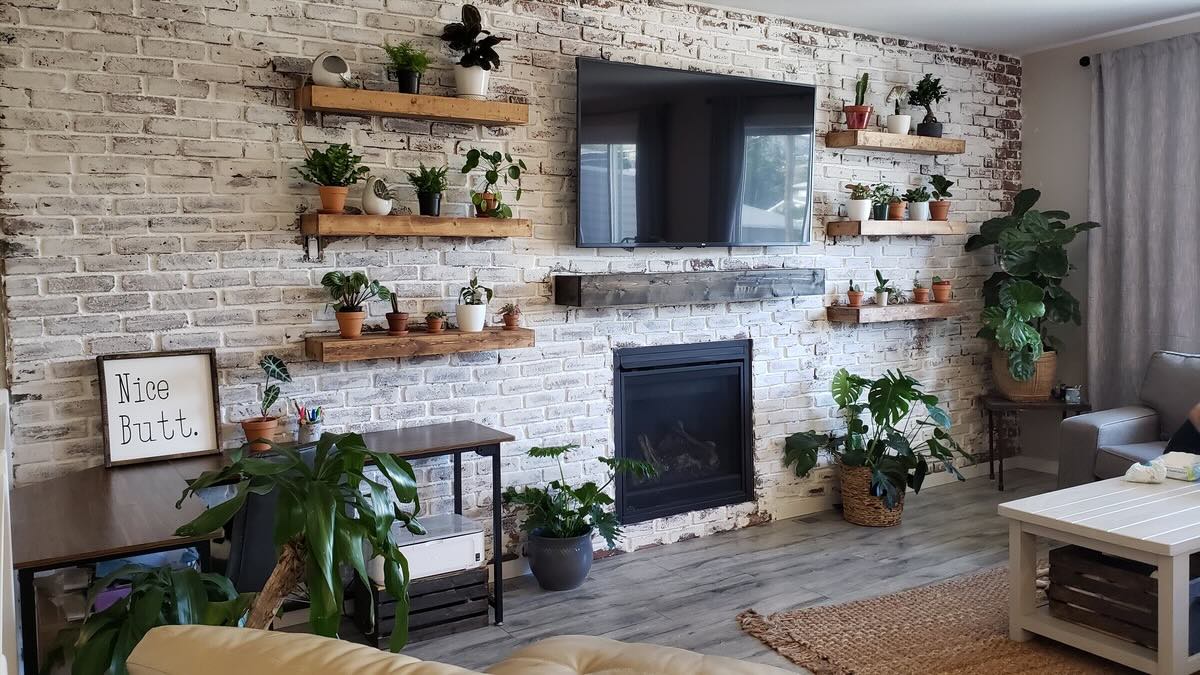


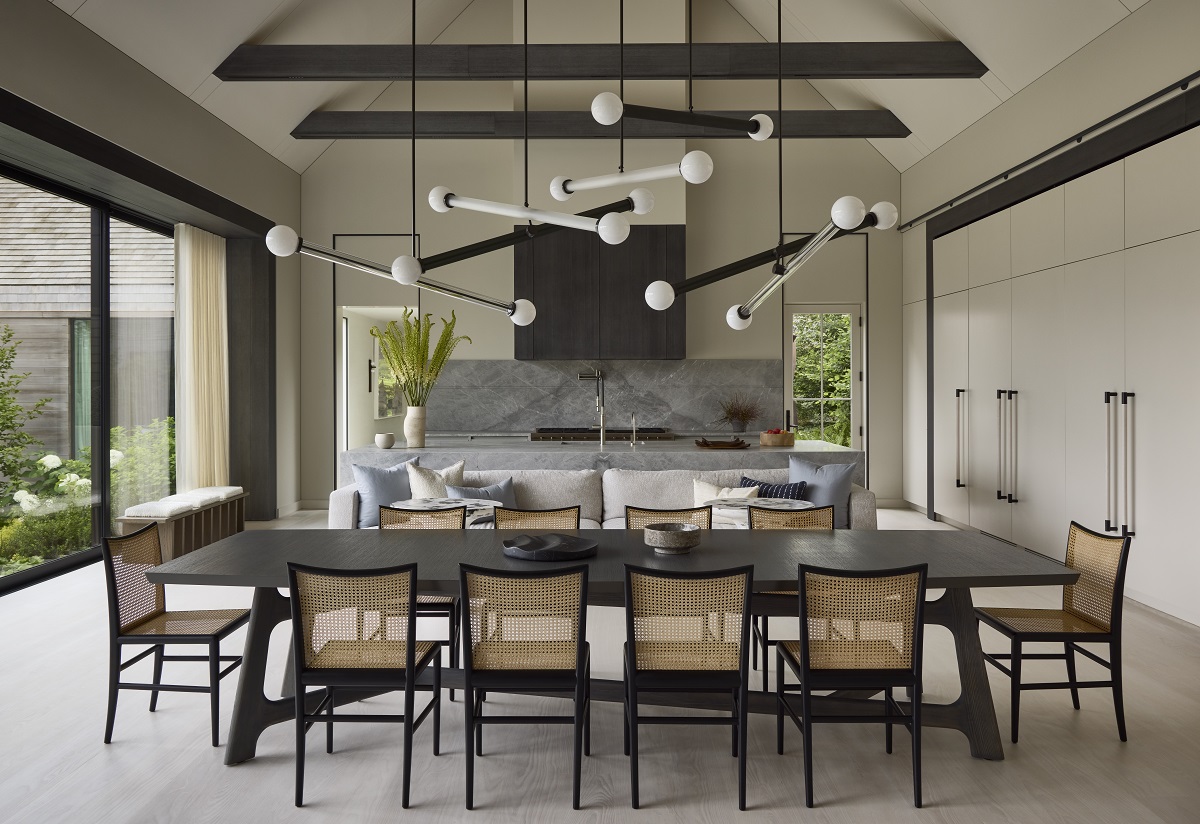
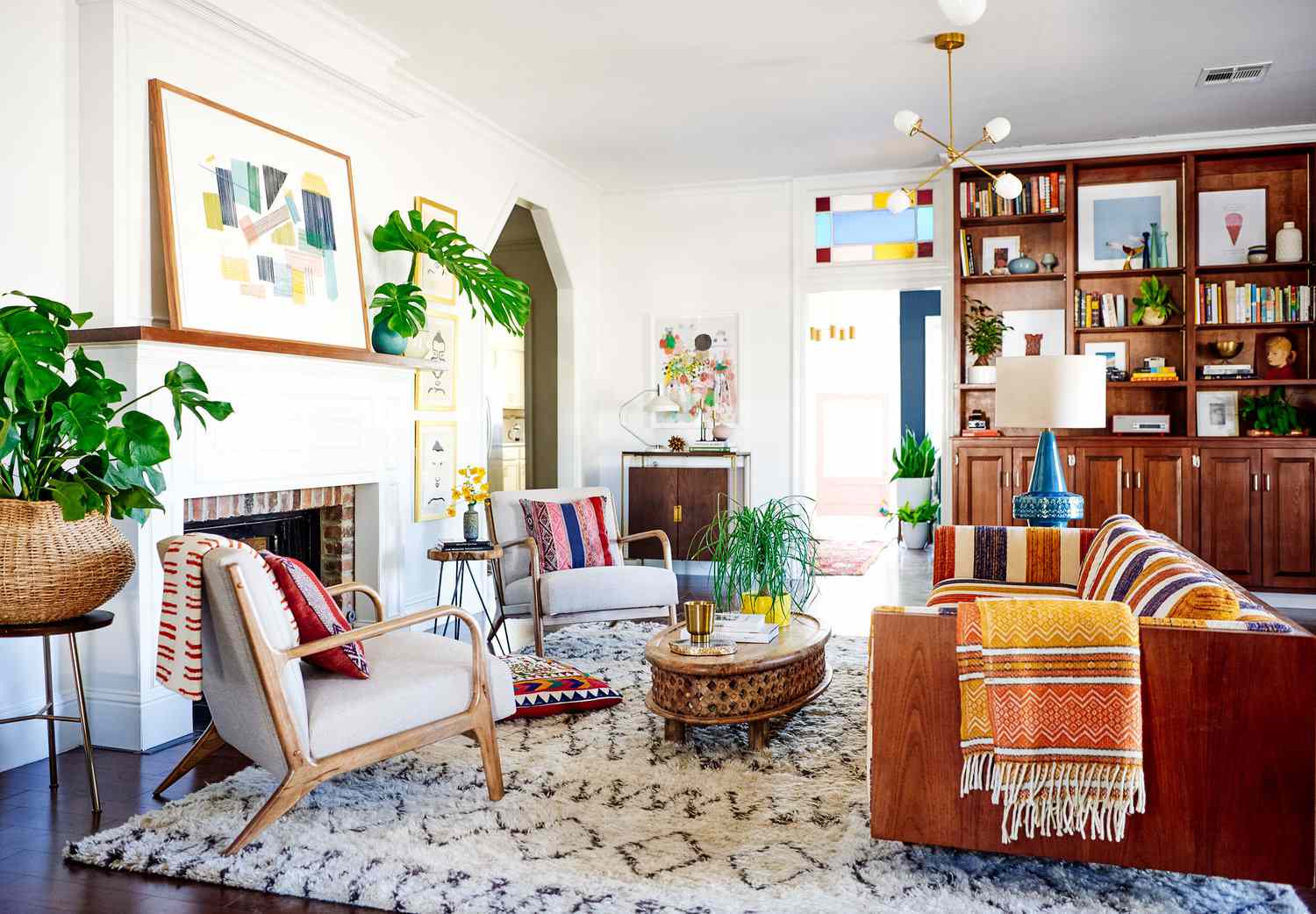
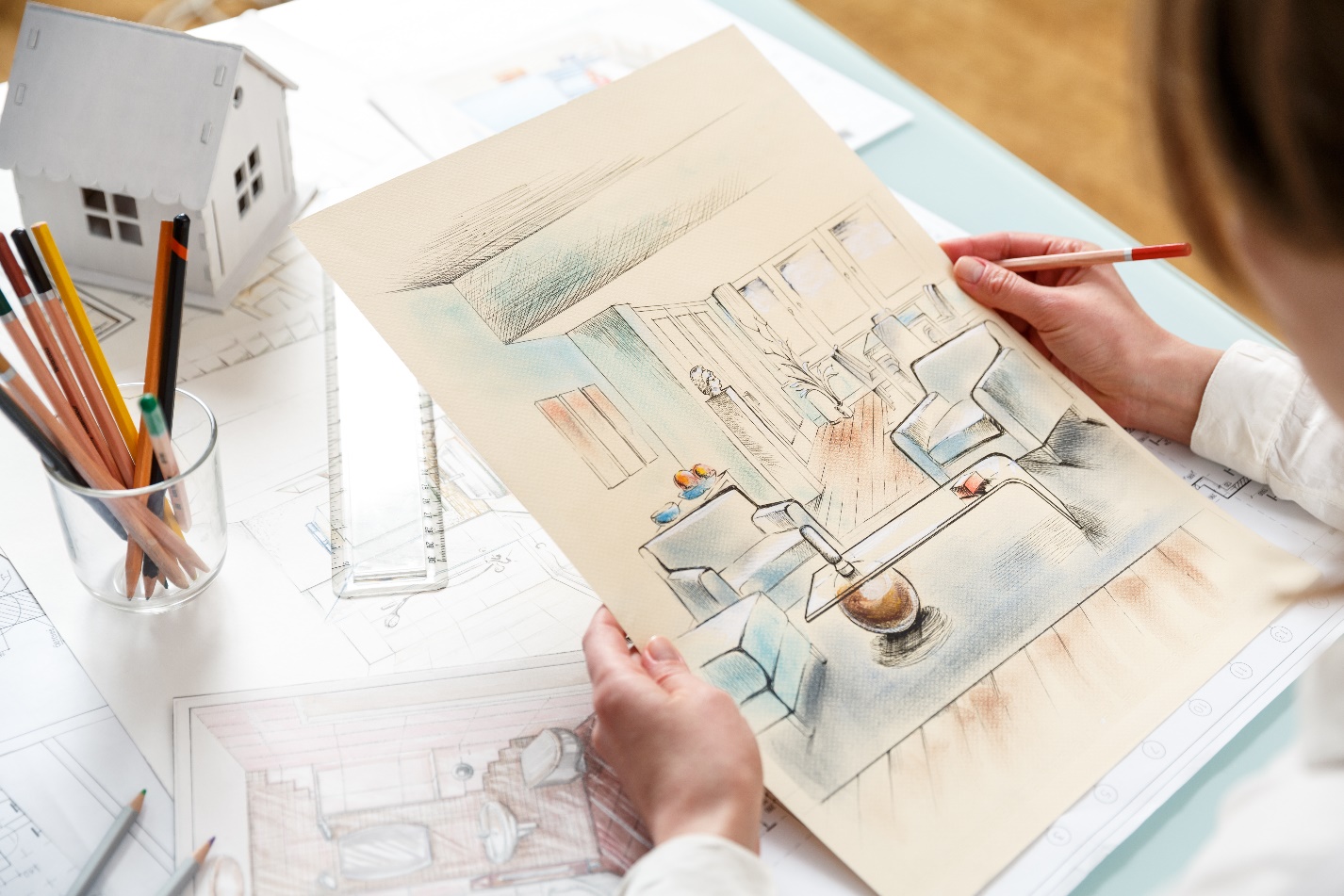
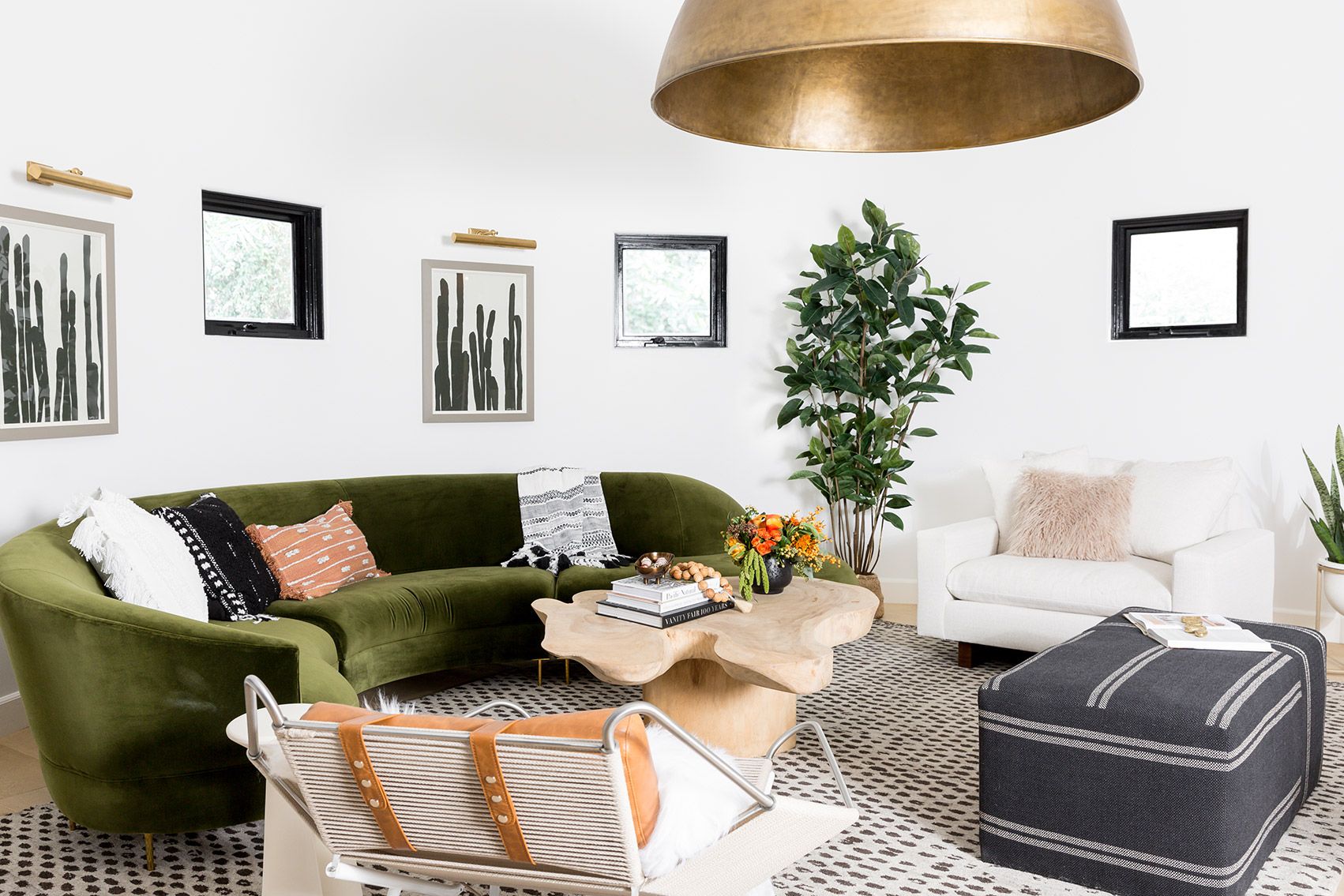
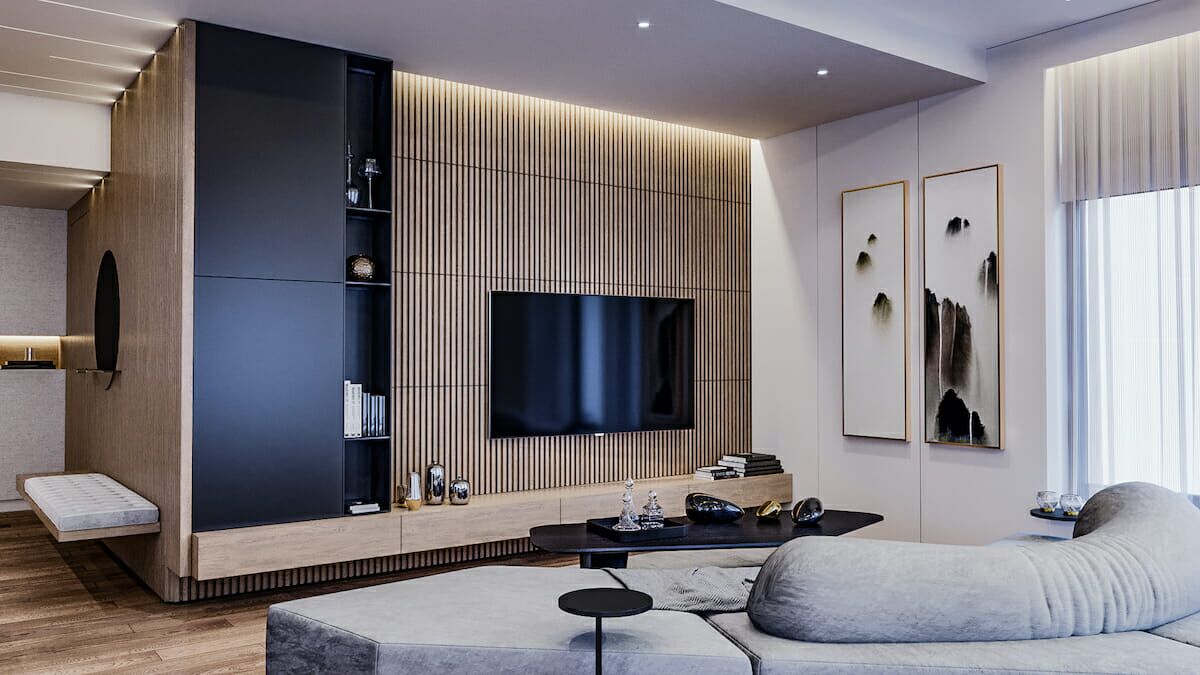
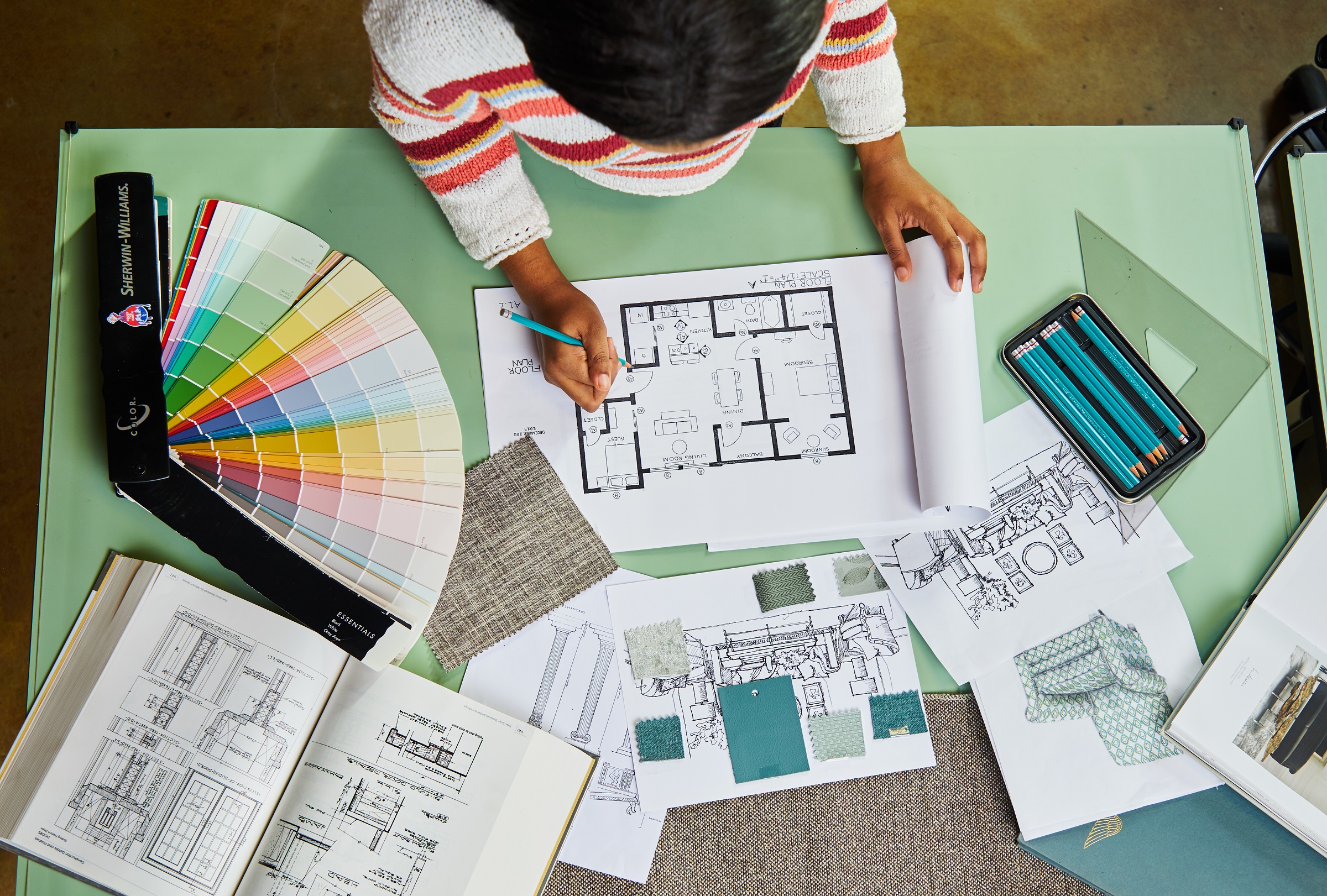
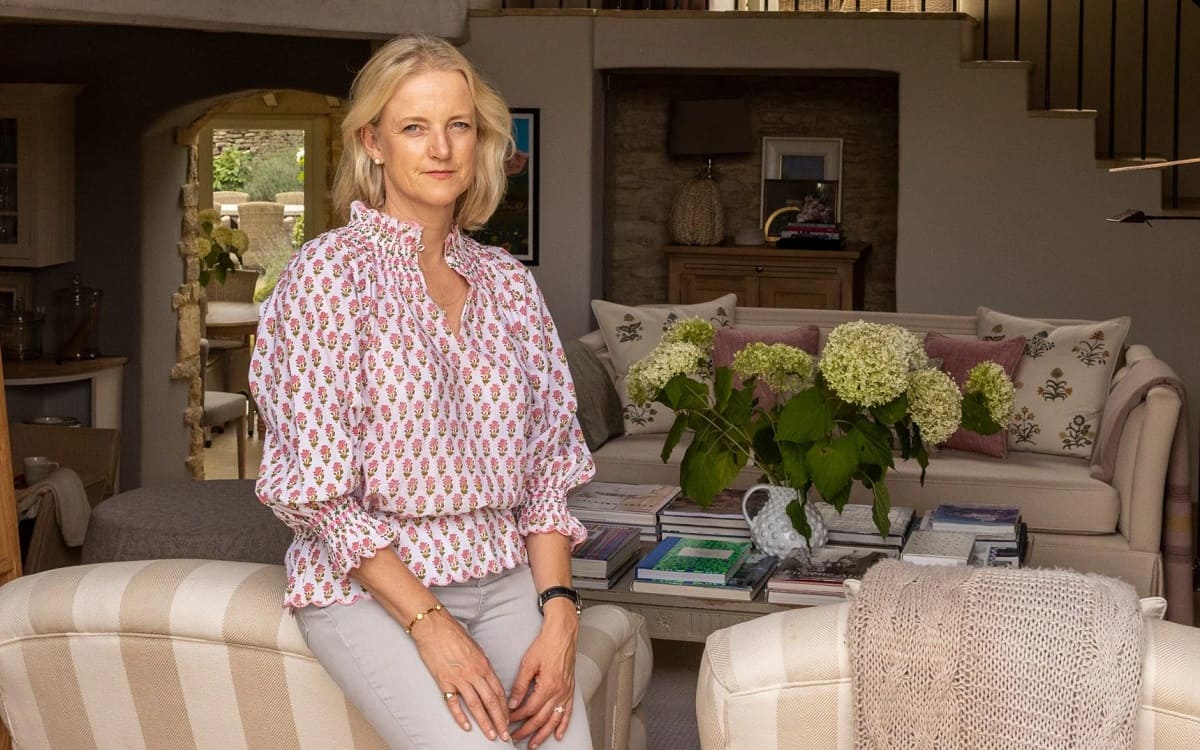
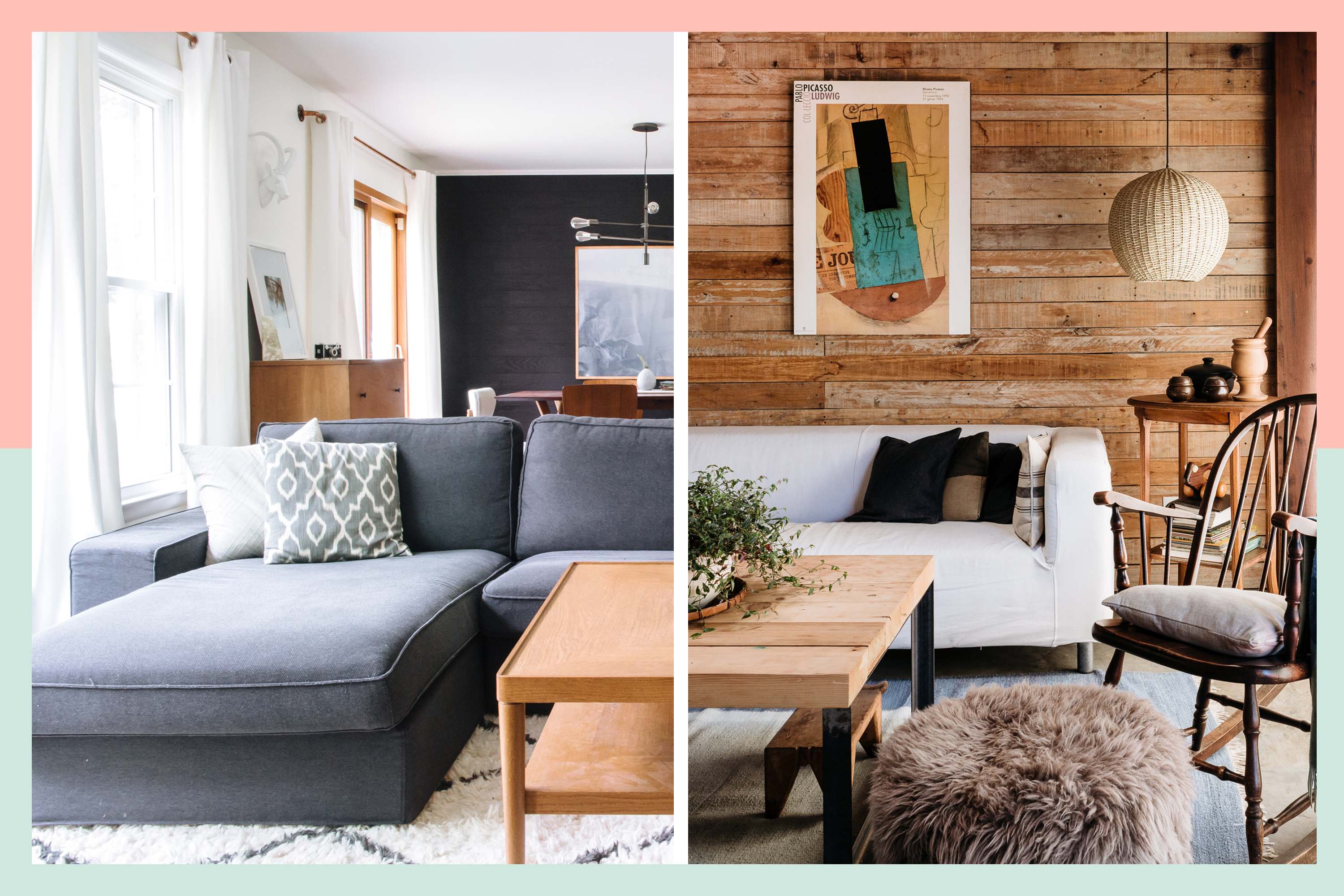
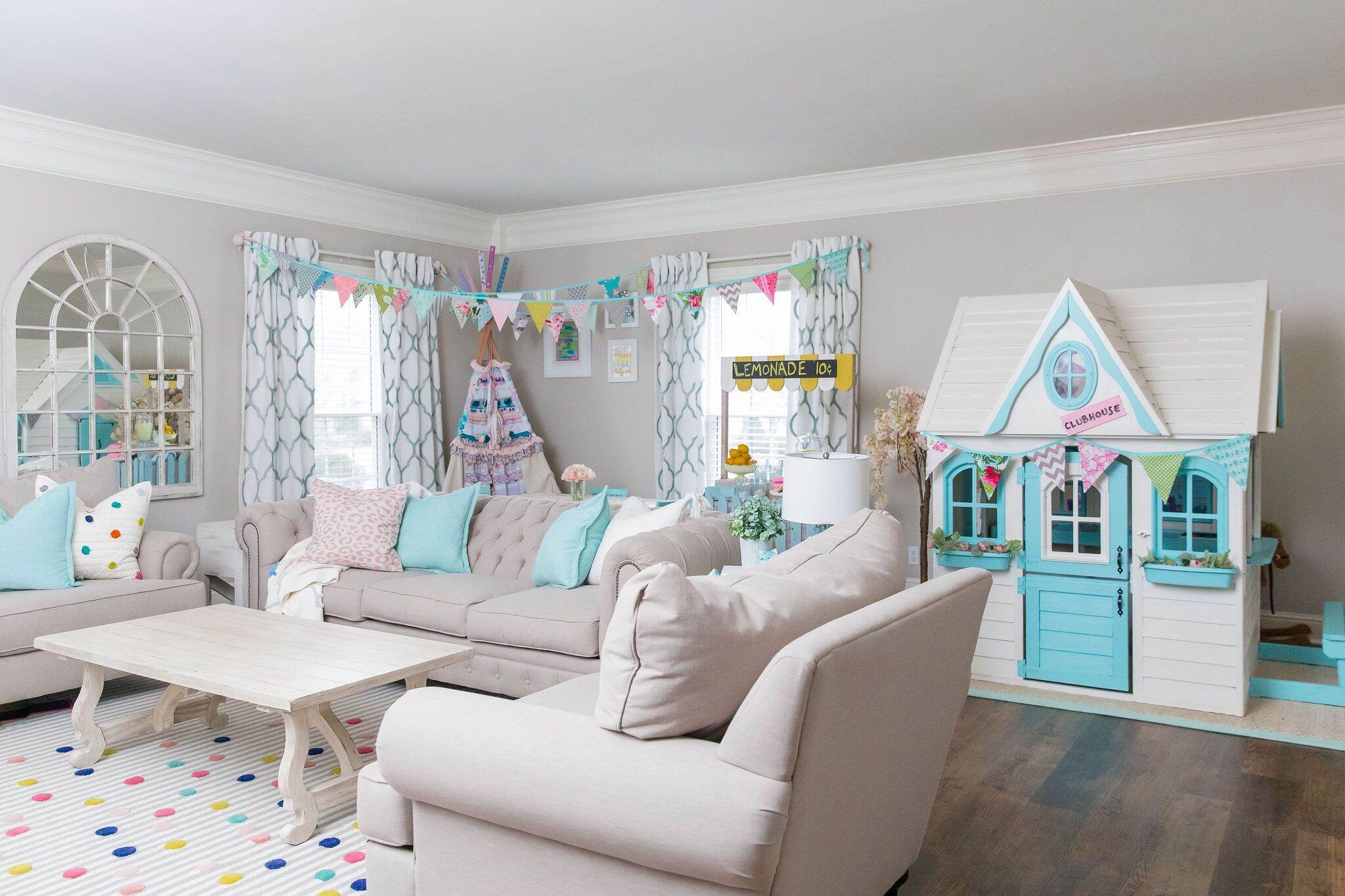
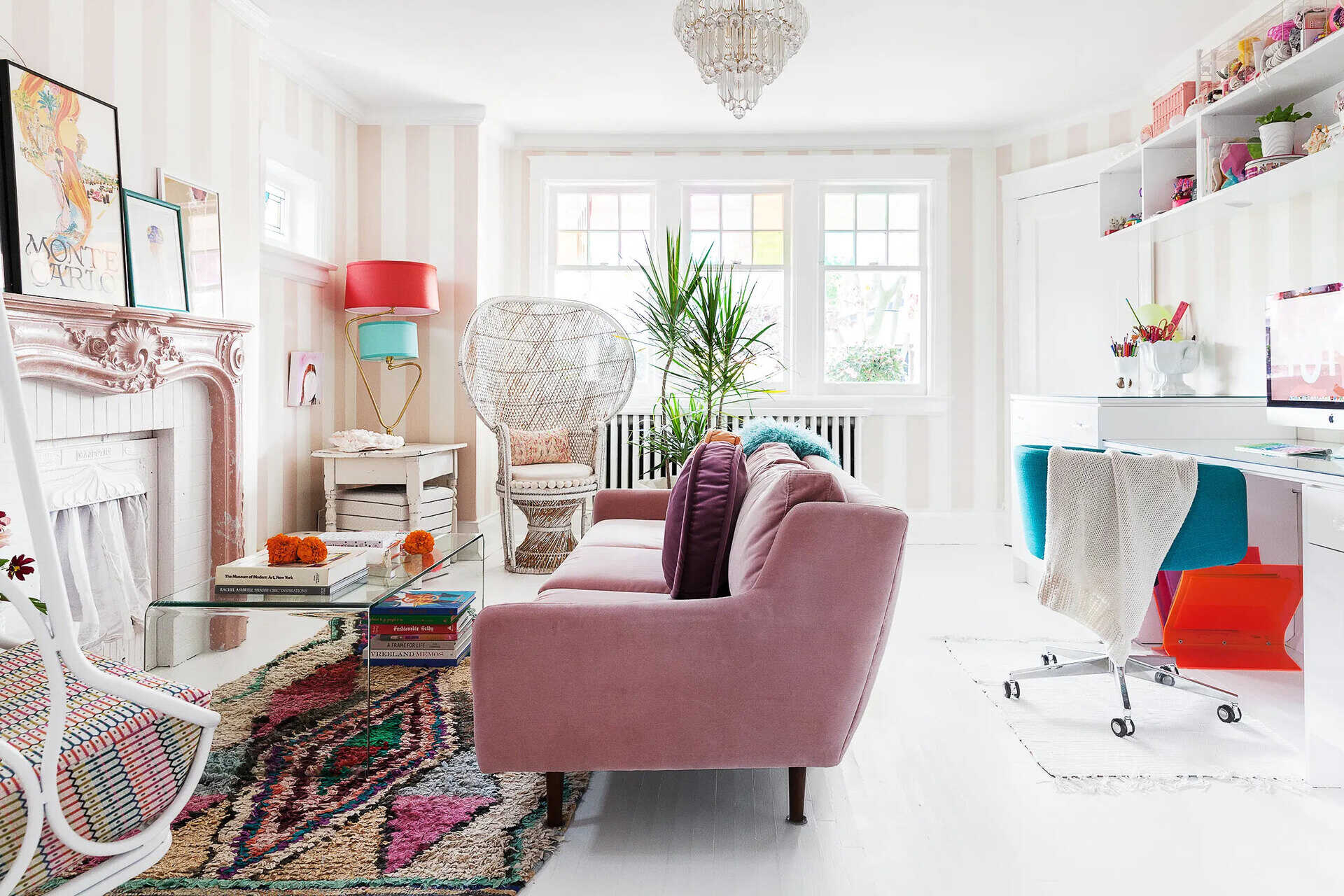

0 thoughts on “Designer Corey Damen Jenkins On How To Create Joyous Interiors”